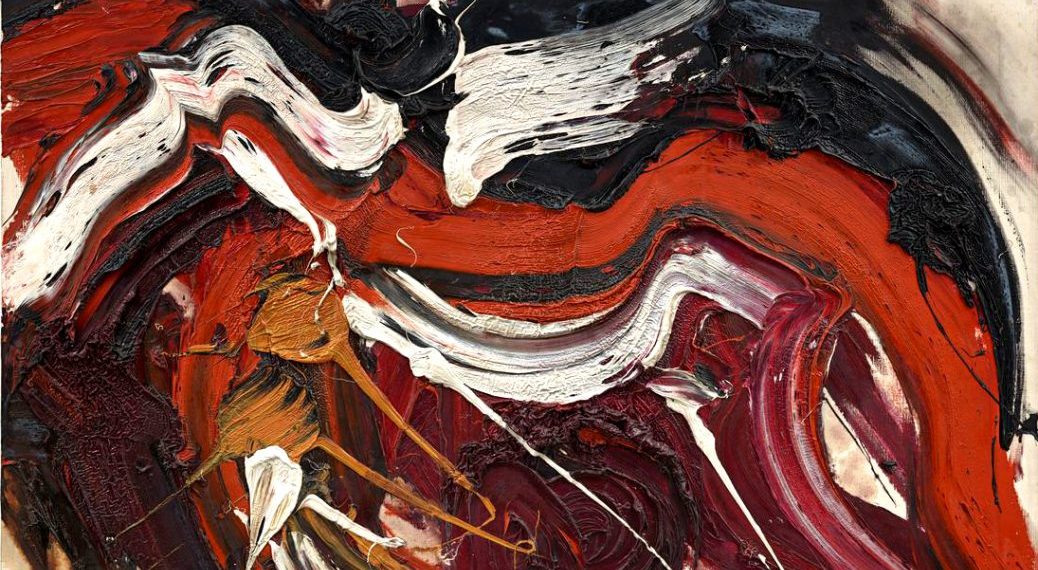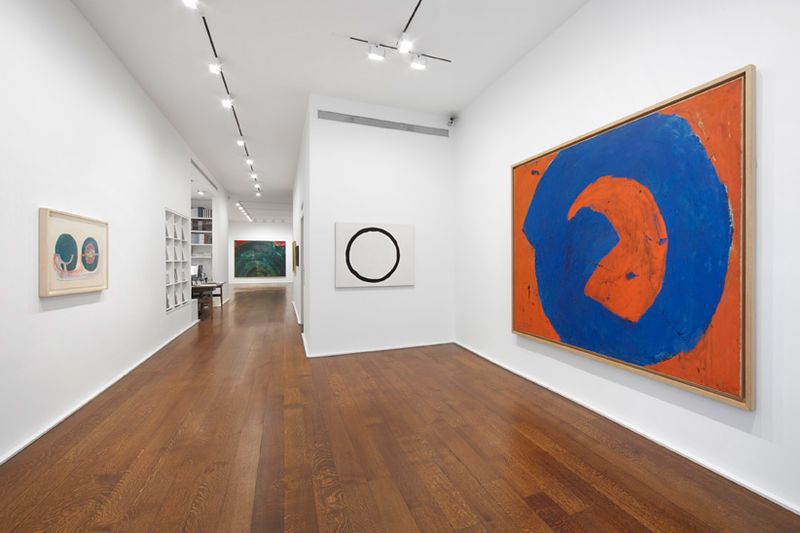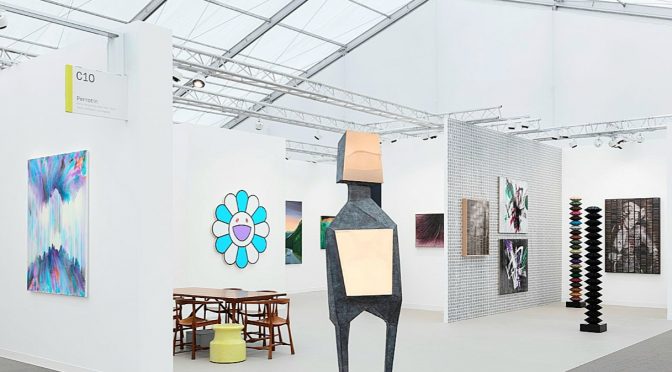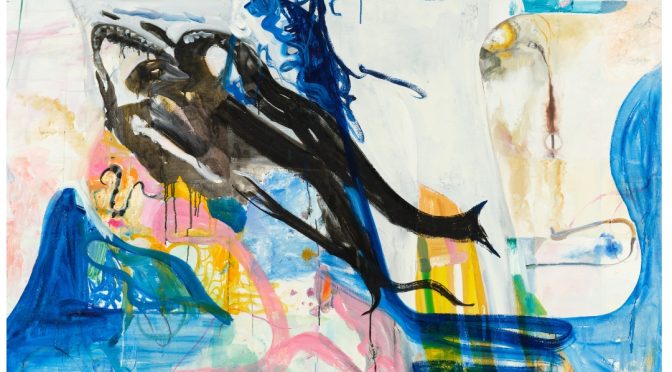
THE GUTAI GROUP AT HAUSER AND WIRTH NEW YORK
Demonstrating a freewheeling relationship between art, body, space, and time, this exhibition features presentations of masterworks by Gutai artists including Tsuyoshi Maekawa, Takesada Matsutani, Sadamasa Motonaga, Shozo Shimamoto, Kazuo Shiraga, Atsuko Tanaka, Chiyu Uemae, and Tsuruko Yamazaki.
Shown together, these artists’ iconic works illuminate many of the core tenets of a movement defined by experimentation, individuality, physical action, and psychological freedom.
The Gutai Art Association was formed by Jiro Yoshihara in July 1954, in the Ashiya region of Japan. Exhorting younger artists with slogans such as, ‘Don’t imitate others!’ and ‘Engage in the newness!’, Yoshihara challenged Gutai’s members to discard traditional artistic practices and to seek not only fresh means of expression but also the origins of artistic creation itself.

The Gutai artists responded with performance, installation, flower arrangement, and music, often in public places. As Gutai artists moved in a more radical direction – creating works that occupied a liminal realm between painting and sculpture – classical painting techniques were reevaluated and largely abandoned. This exhibition brings together a selection of key works, many of which have never been shown in the United States, and asserts the vital role painting played in the Gutai movement.
‘Gutai’ opens with two large-scale paintings by Sadamasa Motonaga, ‘Work 145’ (1964) and ‘Sen Green’ (1971). In ‘Work 145,’ the artist employed his own form of ‘tarashikomi,’ a Japanese technique in which a second layer of paint is applied on top of a still-wet first layer, to create a brightly colored composition filled with rippling organic forms. A later work, ‘Sen Green’ (1971) is indicative of Motonaga’s two-year stay in New York, where he developed a bolder, more defined approach to abstraction.
Equally concerned with the conceptual reinterpretation of painting, Atsuko Tanaka’s works on canvas directly relate to her time-based performances, most notably to her 1956 ‘Electric Dress,’ which has become one of the most well-known works of the Gutai movement. From her performances, Tanaka established a visual vocabulary that inspired the geometric shapes, winding lines, and bright colors of the paintings on view including ‘Untitled’ (1959) and ‘2001-F’ (2001).
GUTAI
Hauser and Wirth
New York
Through 22 December 2018
hauserwirth.com
.
.
READ MORE FROM ART & PHOTOGRAPHY

FRIEZE ART FAIR AND FRIEZE MASTERS LONDON 2025
Every October, London transforms into a global hub for art and ideas. This year, Frieze London and Frieze Masters, taking place from 15 to 19 October 2025 in Regent’s Park, return with a renewed sense of ambition, dialogue, and discovery.…

ALBERT OEHLEN – ENDLESS SUMMER
Gagosian Gallery, Paris, is presenting Endless Summer, an exhibition of new paintings by Albert Oehlen.. The paintings explore the theme of the bather, a motif deeply embedded in French art history that captivated such artists as Pierre Bonnard, Paul Cézanne,…
